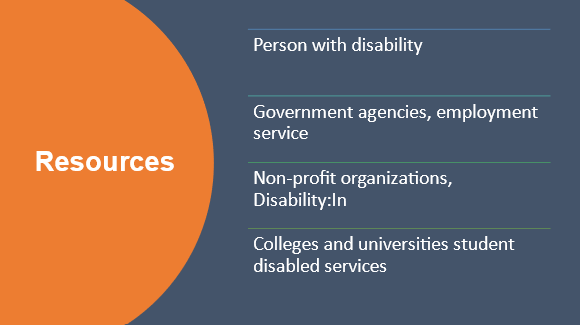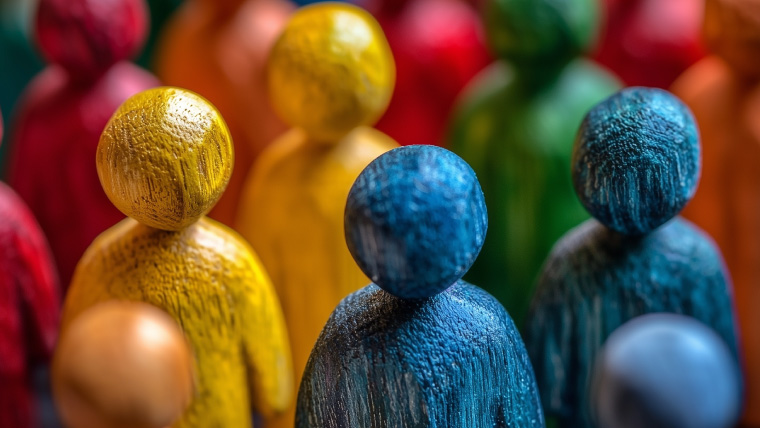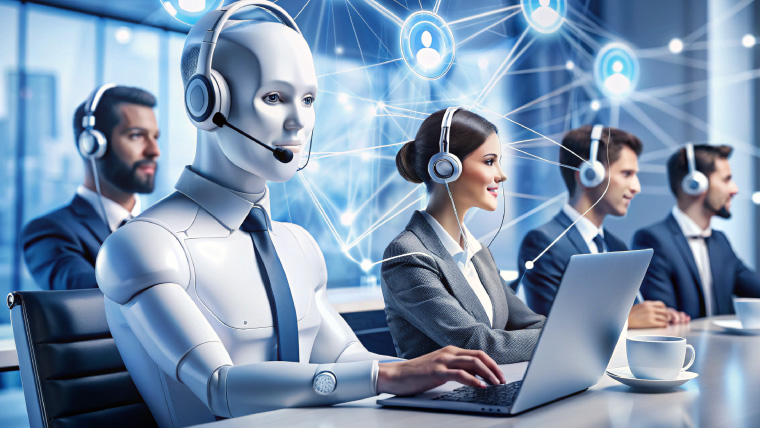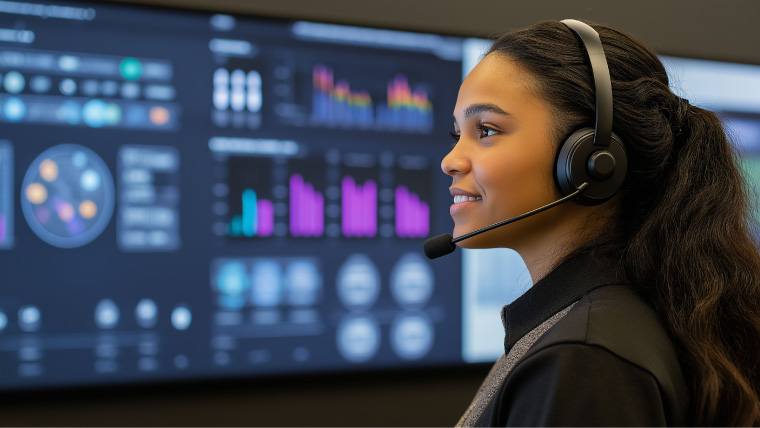Introduction
Many companies have expressed commitment to improving inclusion and equality for diverse customers. However, inclusion efforts often fail to include accessibility, which prevents disabled people and possibly other diversity groups from engaging with your company. At a recent virtual event for Customer Engagement Leadership Council members, Diana Herron, Vice President of Business Development, Communication Service for the Deaf (CSD), challenged participants to help their companies embrace accessibility as a critical tool to improve the overall customer experience.
Key Take-Aways:
- Reframing the perception of who benefits from providing accessible services and products
- The best practices for engaging with disabled people when discussing accessibility options
- Insights into the impact of Deaf people’s communication strategies and technology innovations adopted by the public today
Understanding Accessibility Needs – and Individual Capabilities
Herron clarified that her presentation and discussion would be more about the “why,” i.e., understanding the accessibility needs of customers, than a presentation about legal guidelines. As stated, many barriers still exist for disabled people, and Herron offered guidance and insights to enlighten service providers and help them address these inequities. She noted that companies should invest time and resources to ensure that their products and services were accessible to all, including people with disabilities.
Key Insights
Often Deaf people do not feel included. Many enterprises need to do a better job of making their products and services available to the Deaf and to others with disabilities. Practically speaking, organizations are well advised to help customers with disabilities obtain their products and services as they comprise a very viable and financially sound market; many have significant discretionary income due to federal programs that provide financial assistance.
It’s also important to remember that people with disabilities can do many things. They can buy products, work, vacation, marry, etc. Companies should not define them by what they cannot do. Herron pointed out that different people have different disability profiles, with different degrees of capabilities. For example, some legally blind people can see shadows and shapes, while others are more visually disabled. Companies need to understand the specific accessibility issues for each person and address them accordingly, or at least have a process in place that helps them identify the disabled person’s specific needs. As noted, it’s okay to ask your customers and prospects these clarifying questions.
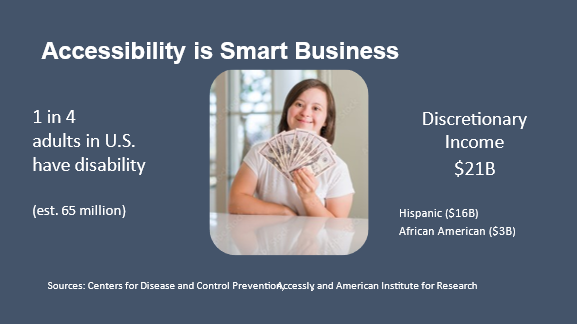
Challenges with the Chat Function
It’s challenging for Deaf people to use the typical live chat function as many are language delayed. Sign language is often a better way for companies to communicate with Deaf customers. When it comes to this channel and others, many companies have good intentions, but don’t know where to begin when it comes to serving disabled consumers. One key goal of the Americans with Disabilities Act (ADA) is to help this group be as self-reliant and independent as possible. A simple way companies can do this is to ask disabled customers what they need or prefer. Other informational resources include government agencies, commissions, and associations for the Deaf and hard of hearing as well as many local universities.
Discussion Highlights
The participants discussed their desire to deliver differentiated experiences to disabled customers, and the need to test these communication channels before rolling them out. Many recognized that they needed to do a better job of including communication channels that also serve the disabled community in the planning and later roll-out stages. Hopefully, this will become a common practice. Making key internal stakeholders aware of the challenges and opportunities to serve disabled customers is an important first step. To this end, the participants discussed the need to create task forces dedicated to disabled people and to do more testing.
Using AI applications to help with sign language and other communication methods was suggested. Some colleges and companies are already working to create AI solutions for those with accessibility challenges, but it is a complex and multi-faceted undertaking. Finally, these agreed-upon action items emerged from the discussion:
Action Items
- Ask people with disabilities (or groups that represent them) what they need!
- Test new products and services to the disabled community before roll-out
- Ask more questions that are relevant to the disabled community during the ideation and product development stage
- Create a disability task force within the organization
- Leverage AI tools with the active involvement and approval of disabled customers
- Communicate disability challenges and perspectives to others in the organization on a regular basis
